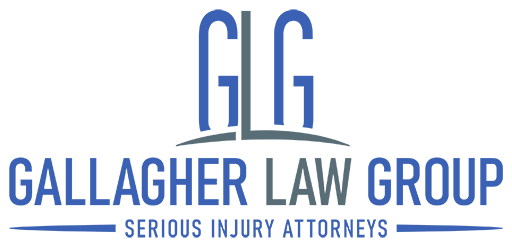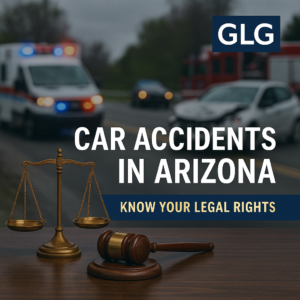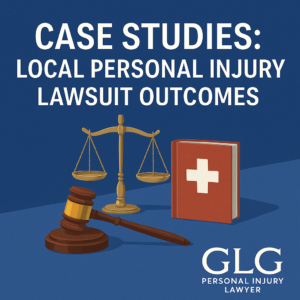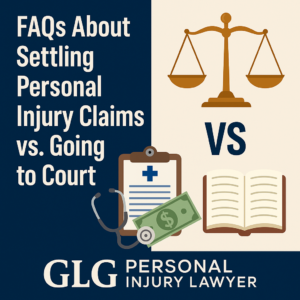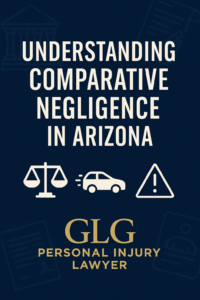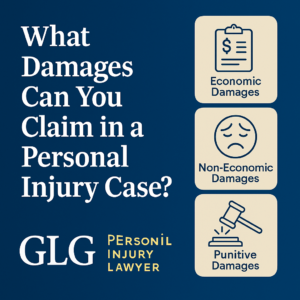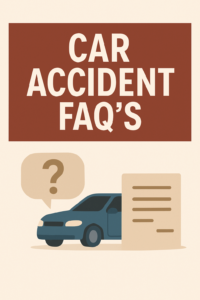Tripping and slipping cases are among the most prevalent cases of personal injury that entails grave injuries. These types of accidents usually happen when a person becomes injured or falls on another person’s premises. In such situations, post-common carriers are exposed to premises’ legal responsibility, which comprises recompensing victims with damages incurred through negligence.
This article will outline the principles of slip and fall liability, the rights according to premises liability statutes, the contribution of property owner negligence, and precautions about hazardous conditions to falls.
What is Premises Liability?
Premises liability includes legal obligations that owners of premises owe any of their visitors to make them safe. Under premises liability law, property owners owe a legal duty to keep their premises safe for any individuals who may be on the premises regardless of the reason.
This duty is one that a property owner is under statutory mandate to discharge and therefore they will be held largely liable if an incident or an injury occurs. In regards to slip and fall accidents, the premises liability law is very helpful in identifying whether the owner of the venue is at fault and whether the fault can be attributed to the offended party’s injury.
How Does Premature Liability Laws Function?
Premises liability laws differ from one state to another however some of the major principles of the law of all the states are the same. These laws are founded in the legal doctrine of negligence or the legal responsibility that owners of property have for those who come onto their property.
This duty of care is based on the status of the person for the property. The relations between property owners and the individuals who enter property with permission but not business, owe the highest degree of care to them; invitees which of course encompasses customers or employees.
The second degree of responsibility can be provided to the licensees or any person who goes into the property for his own advantage or by the permission of the property owner like friends and relatives who are paid a visit. The least amount of care is owed to trespassers, individuals who enter someone’s property without permission but property owners must not purposely or knowingly injure such individuals.
The controversy of a slip and fall case does not rise to the effect and causation of harm, but rather that the owner of the property was careless in maintaining that property or never acted to correct a dangerous condition that caused the fall.
A failure on the part of the property owner to rectify the hazard whether it is a slippery floor, a defective step, or a slippery sidewalk will make the owner responsible for injury on private property.

Also read: Settlements vs Going to Court: What You Need to Know
Negligence of Property Owner
In slip-and-fall cases, the plaintiffs need to prove negligence. He or she has to prove that the owner of a premise was negligent in his or her duty to ensure that such place was safe for use. To determine negligence several crucial elements have to be satisfied.
Common Hazardous Conditions in Slip and Fall Cases
| Hazardous Condition | Example 1 | Example 2 | Example 3 | Example 4 | Example 5 |
| Wet Floors | Spills | Rainwater | Mopped Floor | Leaky Roof | Ice from Melted Snow |
| Uneven Surfaces | Cracked Pavement | Raised Tiles | Uneven Steps | Bumpy Carpet | Loose Floorboards |
| Obstructions | Boxes | Furniture | Cords | Potholes | Vegetation |
| Icy Surfaces | Frozen Path | Snowy Sidewalk | Ice on Stairs | Frosty Pavement | Slippery Parking Lot |
| Inadequate Lighting | Dim Hallway | Dark Stairway | Unlit Parking | Flickering Bulbs | Dark Entryways |
Major Reasons for Slip and Fall Disasters
The main causes of slip and fall injuries are numerous, however the following are some of the usual dangerous situations that cause such accidents. Spills or drops, rainwater, or even floors being washed are some of the most common reasons for slip-and-fall accidents.
Since people may not notice that the floor is wet or slippery for whatever reason the floor may not be cleaned enough or warning signs may not be placed in order to prevent people from accidentally setting their feet on it and falling. Equally, slippery floors, especially during winter when water may freeze on the floor, pose significant dangers and often lead to slips and falls where property owners do not apply salt or remove ice on time.
One common cause of slip and fall accidents is when there are dissimilarities in surface texture; for example, high-heeled shoes may slip on cracked sidewalks, tiles with areas of more damage, or a wooden floor with a gap between the floorboards and wall.
Sometimes, property owners may know of these dangers but neglect to fix them and, consequently, will be held responsible if an injury occurs. Hazardous objects left on the ground may cause tripping and falling just as well as poorly lit areas may. Lack of lighting especially in the stairwells, the halls, or parking lots will pose a threat of falls since an individual will barely be able to predict the direction he or she is walking in.
Fall-Related Injuries
The injuries that people receive from slip and fall accidents could be slight or serious. Under clinically oriented falls, the most frequent injuries are fractures like a wrist, ankle, hip, or any bone in the body. These injuries are prevalent mainly because the elderly are likely to develop bone fractures as compared to the young.
Common Fall-Related Injuries
| Injury Type | Fractures | Sprains/Strains | TBIs | Spinal Injuries | Lacerations |
| Body Part Affected | Wrists | Ankle | Brain | Neck/Back | Skin |
| Cause of Injury | Slipping | Twisting | Impact | Direct Blow | Sharp Objects |
| Severity | Severe | Mild to Moderate | Mild to Severe | Severe | Mild to Moderate |
| Recovery Time | 4-8 weeks | 2-6 weeks | Long-term | Long-term | 1-4 weeks |
| Treatment Options | Cast | Rest/Physiotherapy | Surgery | Surgery/Physical Therapy | Stitches/Bandages |
Compensation for Slip and Fall Accidents
If a person has fallen and suffered some harm because of foul surfaces owned by another person, he or she may be compensated. The victims can sue for, medical costs, loss of wages, anguish, and all other incidental costs. Economic losses include those of an economic nature, including costs of medical treatment, rehabilitation, and loss of earnings resulting from physical work inabilities.
Sometimes it is also allowed to claim punitive damages in case the property owner’s negligence was especially substantial. Exemplary damages, as punitive damages are also called, are intended to penalize the defendant and discourage like behavior on the part of others.
Conclusion
These are mostly slip-and-trip accidents whose outcome may be as minor as a fracture, head injury, or as severe as a lifelong disability. However, without any doubt, it can be stated that it is very helpful for both property owners and people who suffered from a slip and fall accident to understand some principles of premises liability, such as property owner negligence.
A property owner has to ensure that the place is safe and there is the possibility of the owner being held responsible for the change of adverse conditions to person. Anyone who finds themselves in a situation where they have slipped and fallen it is so advisable that before taking any step as you have been injured and require compensation it is wise to seek the services of a good lawyer.
